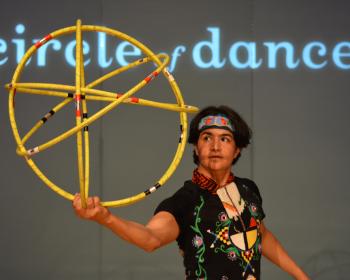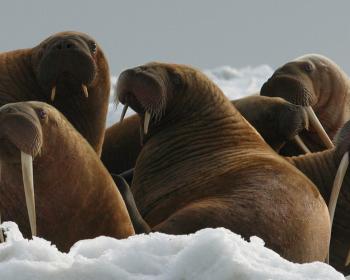The UK government has published a statement in September highlighting continued opposition and turmoil in Bangladesh over British company GCM Resources’ plans to build a massive open pit coal mine in Phulbari, located in the north west of Bangladesh. The mine would displace up to 50,000 Indigenous Peoples from 23 farming communities, and up to 220,000 people from the wider areas.





